Roadside Pollinator Program
For over a decade, Columbia has used native plants as infrastructure in landscaping, rain gardens, natural areas, golf courses and along streets. In 2019, the Public Works department, in collaboration with the Office of Sustainability, initiated the Roadside Pollinator Program (RPP). The RPP converts areas with mowed turfgrass alongside streets and in medians and roundabouts to native prairie vegetation.
Thirty years ago, monarch butterflies could easily be seen fluttering through Stephens Lake Park, or any Columbia neighborhood. These days, fewer and fewer monarch butterflies are flying around Columbia. In 2013, winter monarch population estimates showed a 90% decrease in their overall population. This decline in the monarch population mirrors the decline of other prairie-dependent insects and songbirds.
Many of these prairie-dependent insects and songbirds are considered pollinators, fertilizing plants through pollen transfer while feeding. Without them, 88% of the world’s plants would not be able to reproduce (Ollerton 2011). Approximately one-third of our food is pollinated by a bee, butterfly, mammal or bird, contributing $235 to $537 billion in food production to the global economy (Food and Agriculture Organization of the United Nations (FAO) 2016). Similar to the monarch butterfly, more than 40% of the world’s insect pollinators are facing extinction (FAO 2016).
The City of Columbia is taking action to curb the decline of pollinators and other wildlife through education and outreach, habitat restoration, and policy. In November 2016, City Council signed the National Wildlife Federation’s Mayors’ Monarch Pledge that states that the City of Columbia will take action to educate the public on monarch decline and restore native habitat to support the monarch butterfly and other pollinators.
The Roadside Pollinator Program honors the Mayor’s Monarch Pledge by restoring pollinator habitat along City of Columbia roadsides.
Sites were selected by the streets division and the City’s Community Conservationist. Site selection was based on habitat potential (including location and size), proximity to infrastructure, the safety of pedestrians, motorcyclists, bicyclists and motor vehicle drivers. Additional considerations include the timing of planned construction and road work and neighborhood aesthetics. The first phase of the program will convert selected roadsides, medians and roundabouts on Scott Boulevard, North Providence Road, South Providence Road, Rangeline Street and Discovery Parkway.
If you would like to request an agreement regarding the maintenance of public right-of-way, please complete the Landscape Maintenance Agreement Request form below. Following your request, a City staff member will contact you to begin the agreement process.



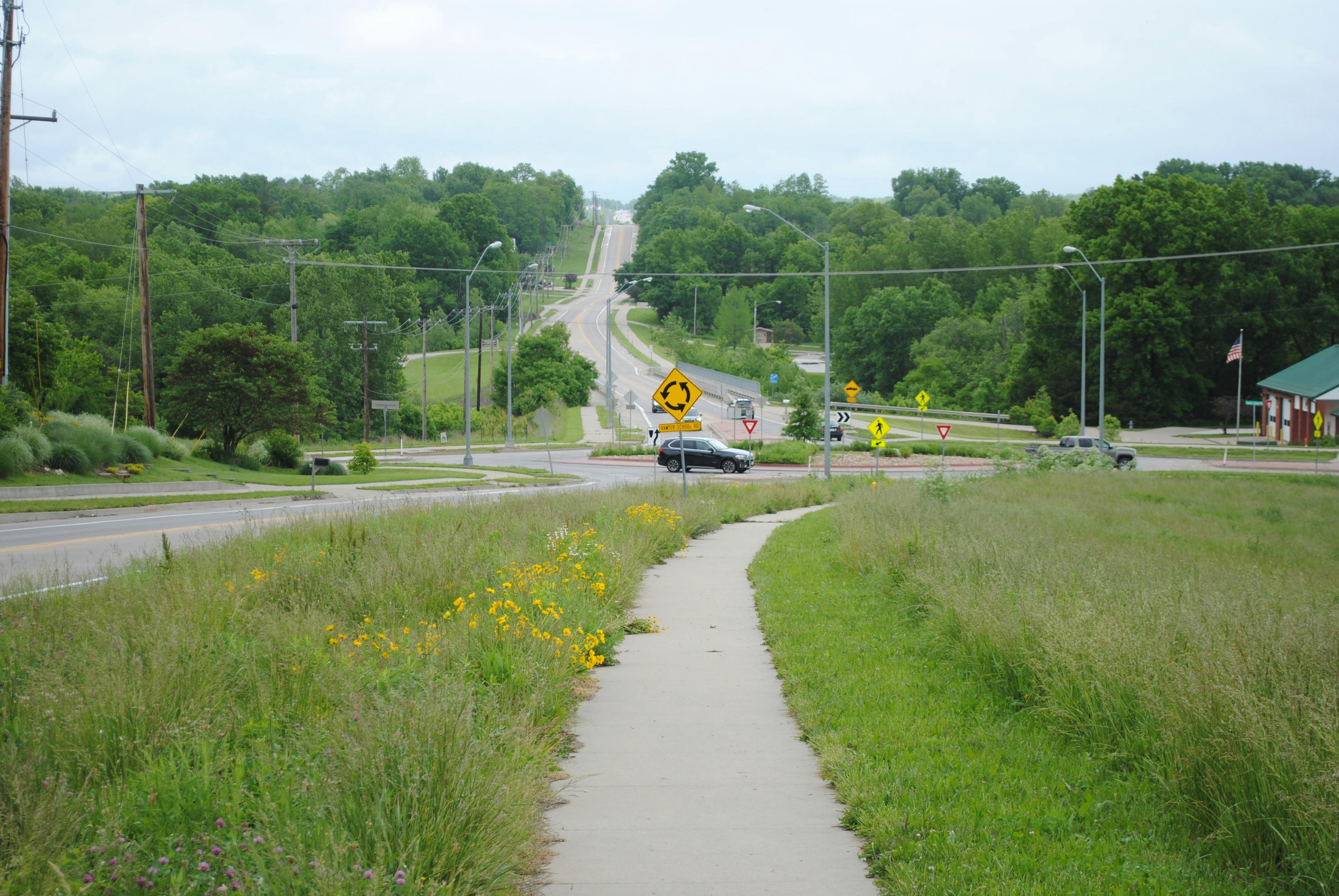
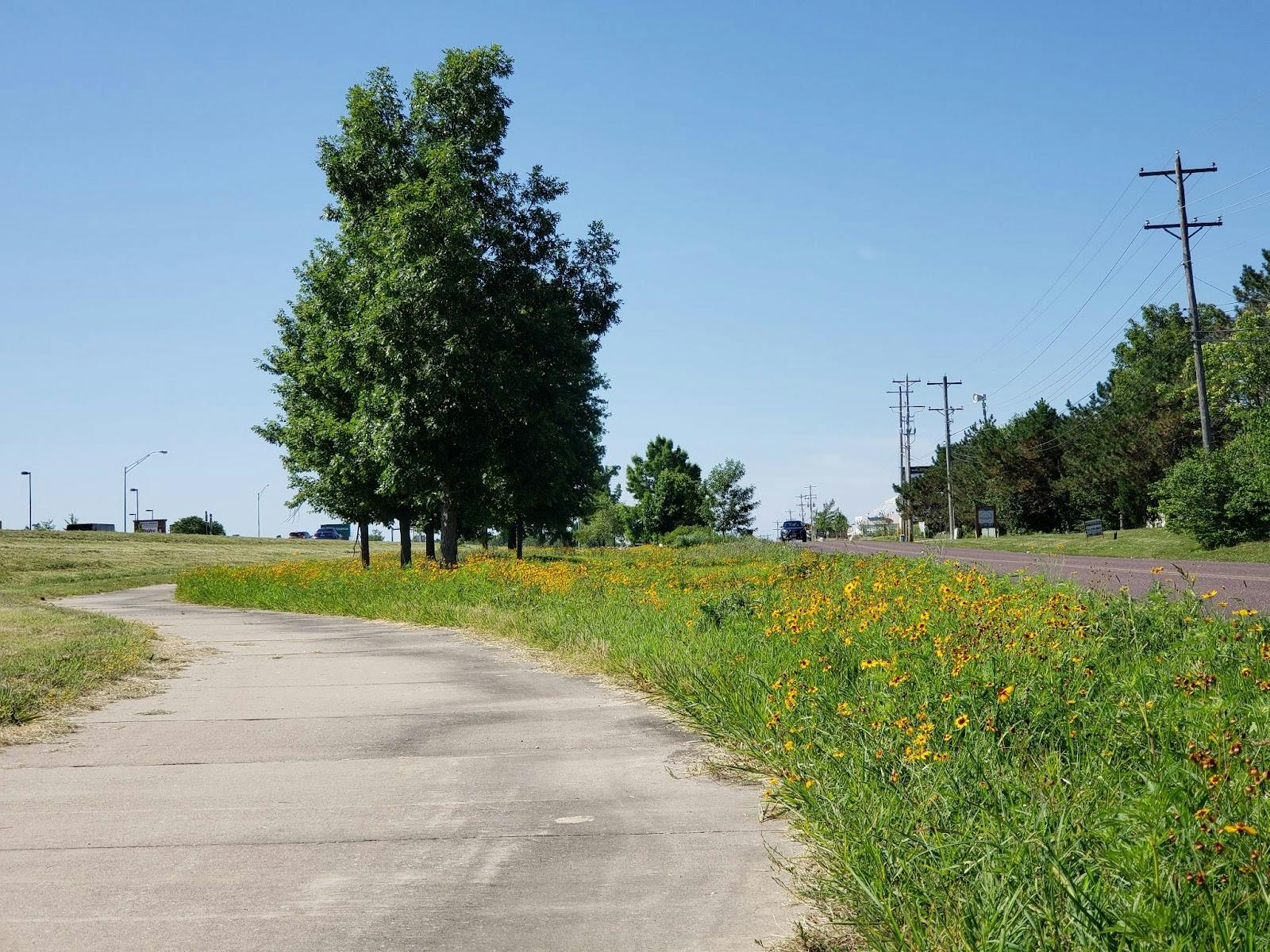

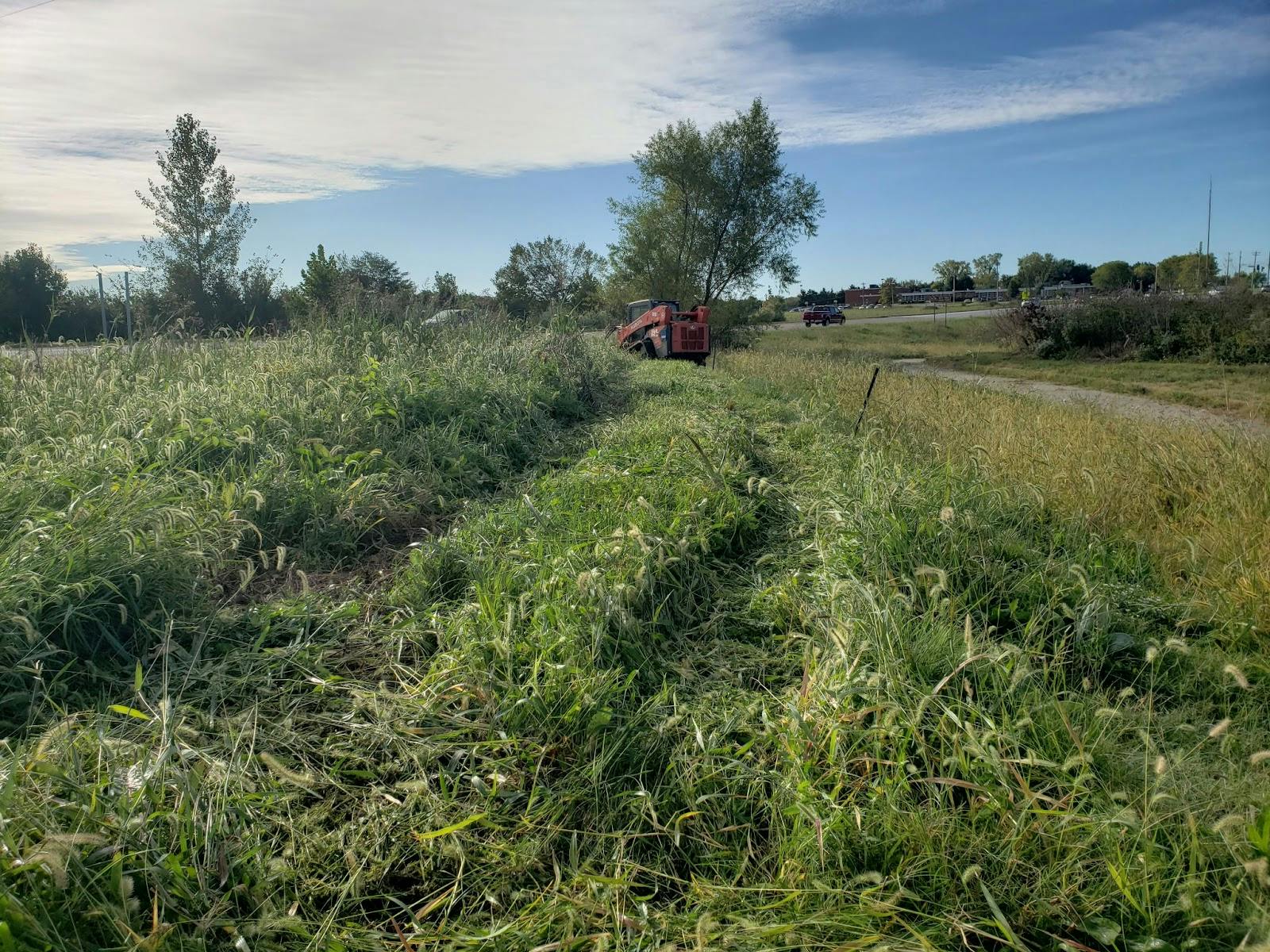
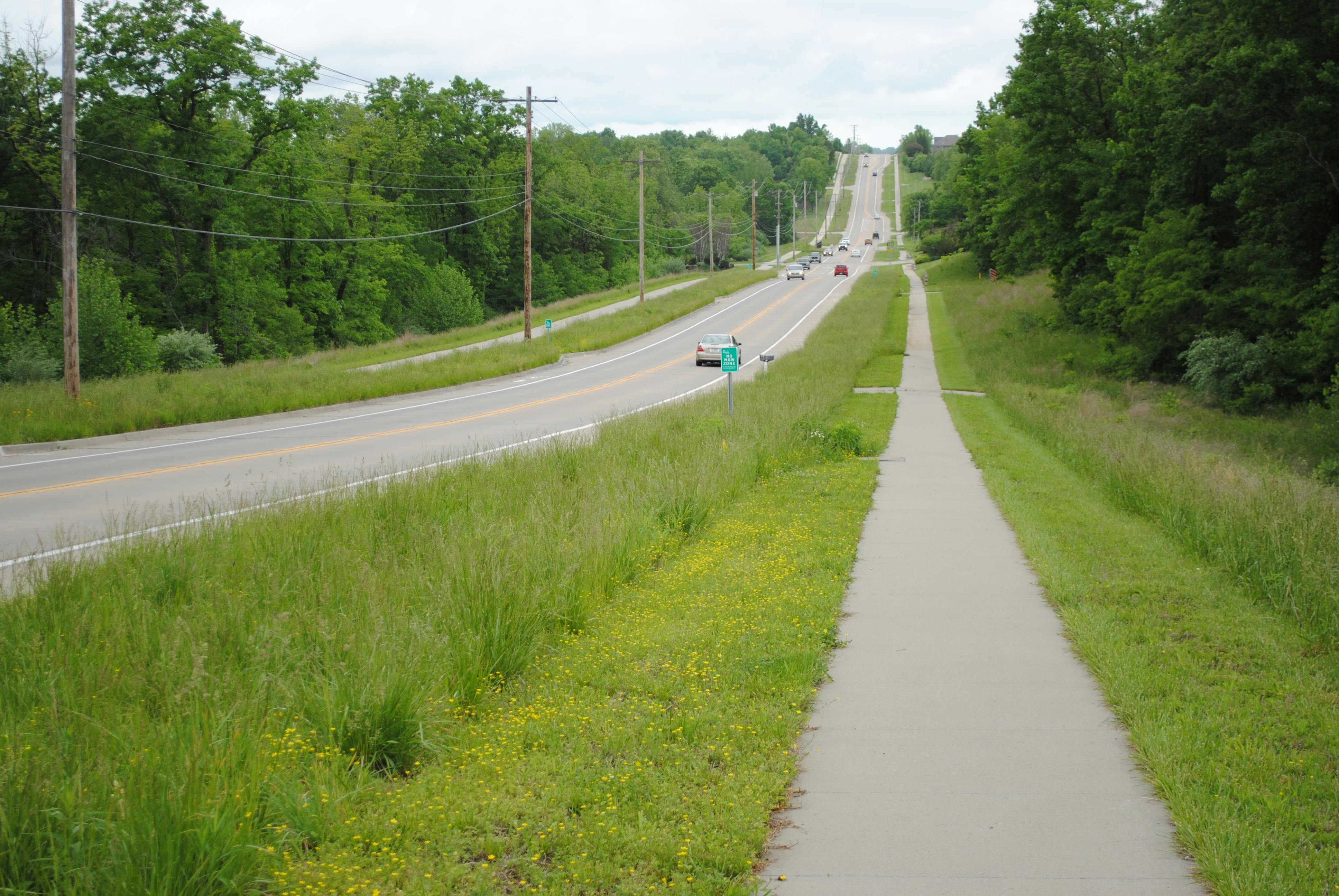
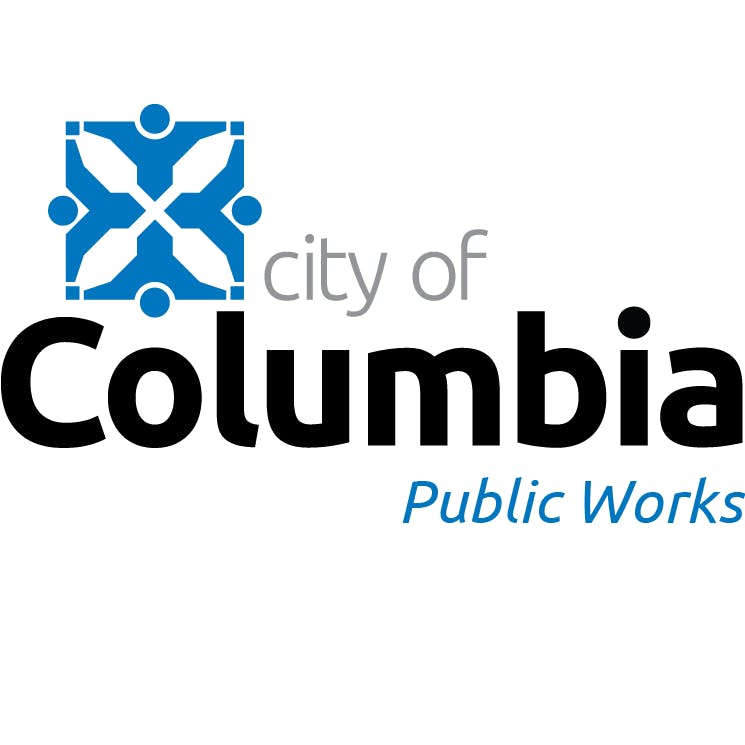
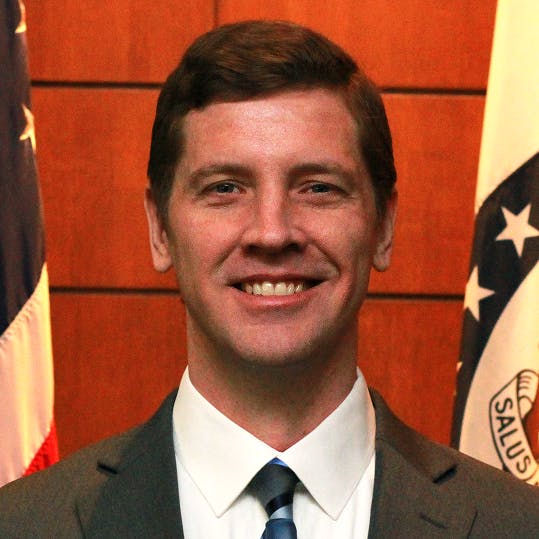
Why attract endangered species and pollinators in general to the side of roads with high speed traffic?
Most of the locations look like they were thrown together to check a box somewhere, and no accountability appears to be given to the person(s) responsible.
Apparently no thought went into the specific species as low growth should have been the first consideration in the center islands.
If they were simple put down seed, the blends always come with some annuals to give that initial pop of color the first year.
Maybe a real investment with mature plants, none endangered species attracting, and a real design would solve this issue?
Several location that are supposed pollinator areas get mowed to the ground each month, so please explain how these (like the sample photo), are anything more than a box with a check mark in it?
The problem is, now we have a mayor who ran the department who started the initiative. I bet there is some coddling going on since it appears no one is being held responsible in any way for this mess.
Removed by moderator.
All the areas on Scott Blvd. look trashy, not attractive. It looks like weeds--not wild flowers. If it can't be done better than this, we need to mow.
When pollinator spaces (or no-mow areas, or water overflow sites) are designated, there is no maintenance. Most of the plantings look lovely the first year, but between windblown seeds and invasive roots, these spaces are slowly overtaken by plants that don't belong. Perhaps the spaces should be included in the adopt-a-spot program or have their own created. Sightlines and permaculture should both be considered when setting up new areas, as well as potential habitat for pollinator creatures to sleep and breed. This is a project for which I would willingly volunteer time and knowledge.
It has been a day since I left my feedback on this site. Since then a few signs have been removed from the grass you want the butterflies to inhabit. Signs in front of my neighbor's homes on either side of me...interesting?
We bought this land...all of it, including the part you want me now not to mow about 40 years ago because we wanted to live in the country, cows were across the street not homes. Scott was a gravel road. I'm not opposed to living in nature and enjoying it, but the land across the street now is Copperstone, the City came along and widened the street and asked for an easement of our land to do that. We make a nice brim of trees and shrubs to keep the look of nature beside the new sidewalk. We mow our grass in front of our home, as we do the rest of yard....as do all responsible home owners. Now you've put up no mow signs so not only will that make our property look unkempt but greatly hinders our ability to see oncoming traffic from out driveway.
We have 20 acres, we mow about 7 around our home. The other 13 acres have all the wildflowers and natural vegetion to attract butterflies.
We do not live in the City.
The weeds are unsightly. I watched the city come through and spray grass killer (not environmentally friendly) to kill all the grass along Scott between the Vawter School roundabout and Beulah Ralph elementary so that weeds could grow back. There are a lot of deer in that area. Now, it will be even harder to see deer. There are fields of grasses and flowers on both sides of Scott. We don’t need weeds along the sidewalks. Why are we obstructing the road with more weeds? It is ugly and will hide deer even more. The worst looking parts are where you decided to not mow in the center lane of Scott. It looks so ugly. Ugh. This idea sucks.
I appreciate the city's attention to protecting pollinators within our city. I am recently back from a business trip to Austin TX and had an opportunity to travel within the state where extensive plantings of wildflowers along roadways were established by Lady Bird Johnson. These wildflowers not only support pollinators, but offer beauty and color to the landscape. This is also a climate-friendly and economically responsible approach to green space maintenance, compared to expensive fossil fuel dependent mowing. Thank you.
with hundreds and hundreds of acres of parks with space, trees, and water the administration chooses to encourage pollinators just feet from 4 wheeled bug killers? seems like encouraging pollinators and reducing some maintenance in our many parks would be more appropriate. this also seems like a safety issue allowing vegetation several feet high along busy multi-lane roads. these ROW "pollinator habitats" are also a major eyesore for residents and any visitors entering the city on these roads. just driving by i can see an abundance of noxious weeds and minimal numbers of native plants, state law requires the control of noxious weeds. if the city cannot afford to, or doesn't have the desire to maintain these medians and ROW, they should be re-done with rock or concrete. the brainchild of this should be fired.
I think it's great to see nature as it was before the craziness of grass/mowing etc. everywhere under creation. These areas add value, in my book, rather than detracting from it. City areas need pollinators just as much as rural areas. People clearly need to be taught the value.
Love this initiative! On social media people are complaining about visibility around tall plants, so maybe an easement using shorter natives could be a solution for that. It looks like people need more education on the benefits of native plants and rewinding. Education about rain gardens would be great as well.
I think these areas around the city look horrendous. The medians along Scott used to look really nice and now they are just filled with weeds that look like we just never mow. It s also hurting neighborhoods resale values when that's the view coming up to the neighborhood. Put these areas out on the rural areas but not in the city.
Wouldn’t these be better placed in the back of parks? They are very unsightly and embarrassing. The bugs you are trying to attract will just end up on windshields. Does this mean the citizens no longer need to obey the ordinance to have our grass and weeds under 12 inches since the city does not comply? Maybe if I put over 50 signs like you did on a 1 mile stretch on Scott Blvd would make it legal. Embarrassing!
I live on Scott Blvd on top of the hill across from the North Copperstone entrance. When the city reconstructed the road they made it a hazard to get out of our driveway as hard to see oncoming traffic. Then they built Beulah Ralph elementary school and many subdivisions on south Scott so that it’s become a heavily travelled road. This is a real danger for us.
We mow the lawn in front of our home including where “no mow” signs have now been put up. However this small portion of S Scott is not even in the City, yet I’m to obey the new ordinance!!
1. It will make it even harder to see traffic when trying to pull out of my driveway
2. Ticks, mosquitoes and various other insects will abound
3. It’s unsightly!!
4. It’s not costing the city a cent. The City is not using their money for gas to mow the grass , I am!
5. I don’t live in the city
.6. I live on 20, acres there is ample land for the butterflies and bees without obscuring my view to get out of my driveway.
7. The grass needs to be mowed!
Good idea, but site selection was awful. Sites chosen are in spots that create dangerous views for motorists. The median selection is also not very condusive to pollinators as cars whoosh past at 50 mph. Hard for insects to fly in that.
Also, not sure why you call out Monarchs in the description. Monarchs need milkweed. I haven't seen any milkweed in those areas.
I recycle religiously, pick up trash on the streets, hint and in general truly appreciate what Columbia does for mobility and outdoor options but leave the pollinator eyesore sites out of the city.
It truly doesn’t make sense in the landscape as vast and plentiful as Missouri to cram these into every nook and cranny within the cityscape that just look unkept.
I actually believe it’s the city using it as an excuse to put these in places where it’s not convenient to mow. (Budget)
Why would they not have just concreted the entire center strip on Scott Boulevard?
Or why did they ever make that mounded up concrete center section and not just have something simple and beautiful.
This is not New York City and land is not such a premium that we need to accommodate possums, snakes, bees, and 100 other vermin options that hang out in these overgrown eyesore areas unless you look at it from a city budget perspective.
Beautify our city and dispose of these eyesores in center strips or highly urban areas.
I fail to see the value in this, as common sense says the pollinator's have a huge majority of the world to use and enjoy.
Science should agree, use any map, humans take up a very small percentage of this planet.
I am all for private gardens and those options, as long as they meet the city requirements and all health codes.
The RPP may also introduce other hazards to the community, other than those mentioned in regards to blocking the lines of site and the eminent slaughter of millions of pollinators by moving vehicles. Put them further away, not closer to traffic!
These other hazards include the ability for vermin to breed, as well as poisonous snakes, rabid rabbits or other dangerous wildlife.
Safety issues, health issues, think about the humans, humans should be the cities priority.
As strange as it sounds, and I'm sure, someone else in Boone County agrees with me.
Maybe two others.
See you at the Burr Oak!
I love the idea. It will look really great in a few years. My issues is safety. I live off of discovery parkway exit. It is absolutely impossible to see if a car if you cross via ponderosa. Also going right on red from the highway exit is not safe. I think clearly those two spots would help the safety my neighbors and students traveling to school these routes.
While this is a well-intentioned program, it creates a very dangerous situation along Scott Blvd, in particular in the Georgetown area. The vegetation blocks the view of oncoming traffic making it virtually impossible to turn left either out of or onto Georgetown. Coming out of Georgetown it is very hard to see Northbound traffic. Also, when turning left into Georgetown from Scott the elevation of the southbound lanes combined with the vegetation creates a very, very dangerous blindspot. There is a lot of traffic in this area in the summertime due to the ball fields. The situation has gotten so bad that we have to drive down Georgetown to Louisville and then over to Smith Drive to catch the light on Scott if we are going left. I'm all about our bee friends but I think our human safety is more important. There are stretches of road where this is a lovely addition, but the Scott/Georgetown corridor is not one. We are so close to the Bonnie View Nature area, can't that be sufficient? I implore you to drive out here and witness this yourself.
This is a terrible, terrible idea. If you have looked at the comments on your "Columbia Public Works" Facebook account on your recent posts, you will see that the majority of citizens are NOT in favor of placing pollinator zones in the middle of and on the sides of busy thoroughfares. First and foremost, it is unsafe. Vehicles cannot turn safely, rodents, snakes, ticks are enticed to live in the tall grass/weeds, etc. The median on Stadium, right at 63, in front of Zaxby's is so tall, that traffic turning onto North 63 cannot see oncoming traffic.
Columbia is constantly promoting walking/biking, but who wants to walk/bike through 3 foot tall weeds?
Secondly, it looks terrible. Scott Blvd. is an embarrassment, as well as several other roadsides in Columbia. It just looks like you are not doing your job. Pollinator areas have a place, but not on the side of roads. Have you done a study to see how many bees are visiting these pollinator zones? If you have, can you share the results with me?
I am ashamed that the city and your department has prioritized bees over the safety and aesthetic of our city.
Nice concept and politically correct but VERY BAD IDEA along roads and streets because of visibility issues for drivers and pedestrians.